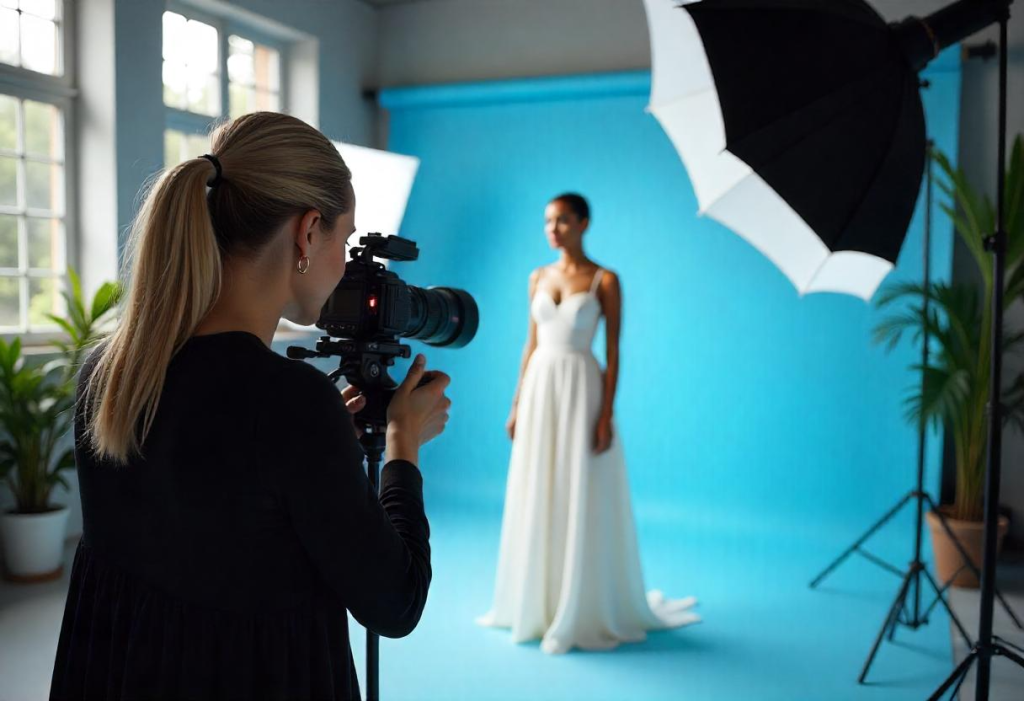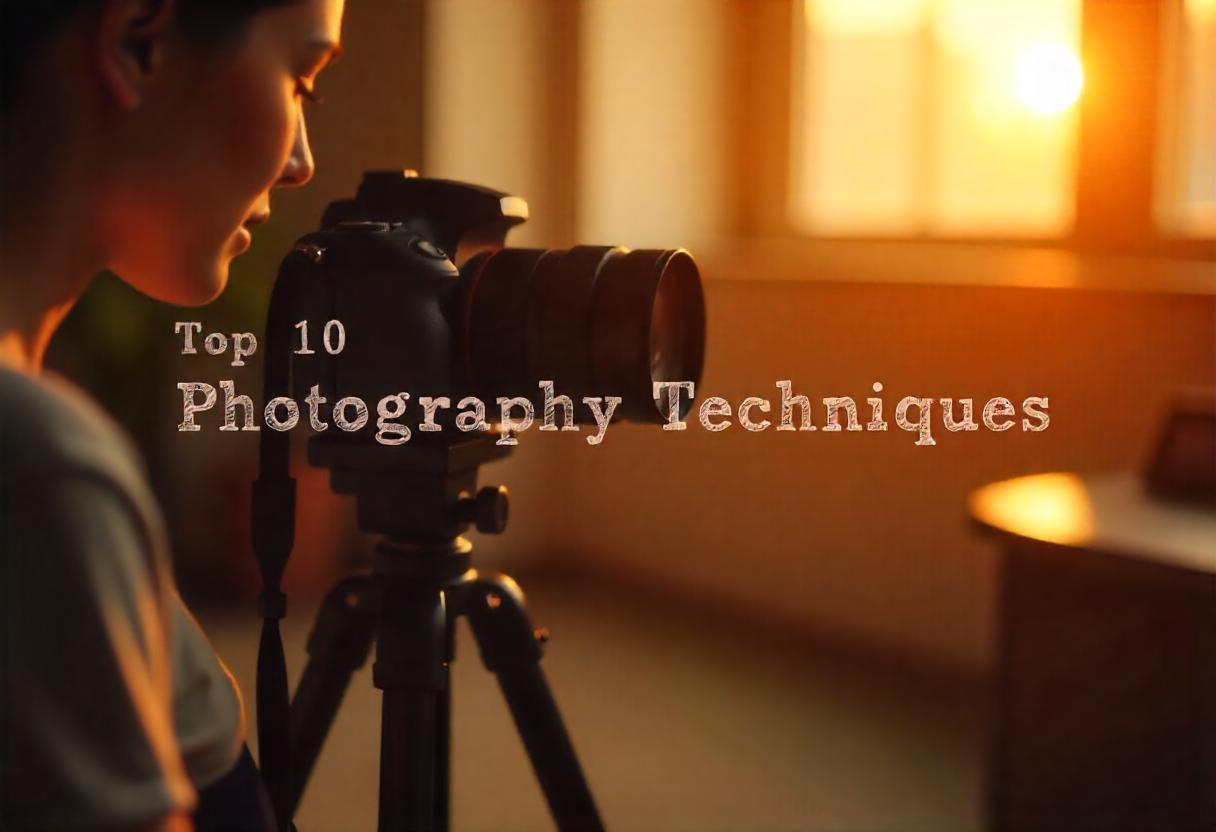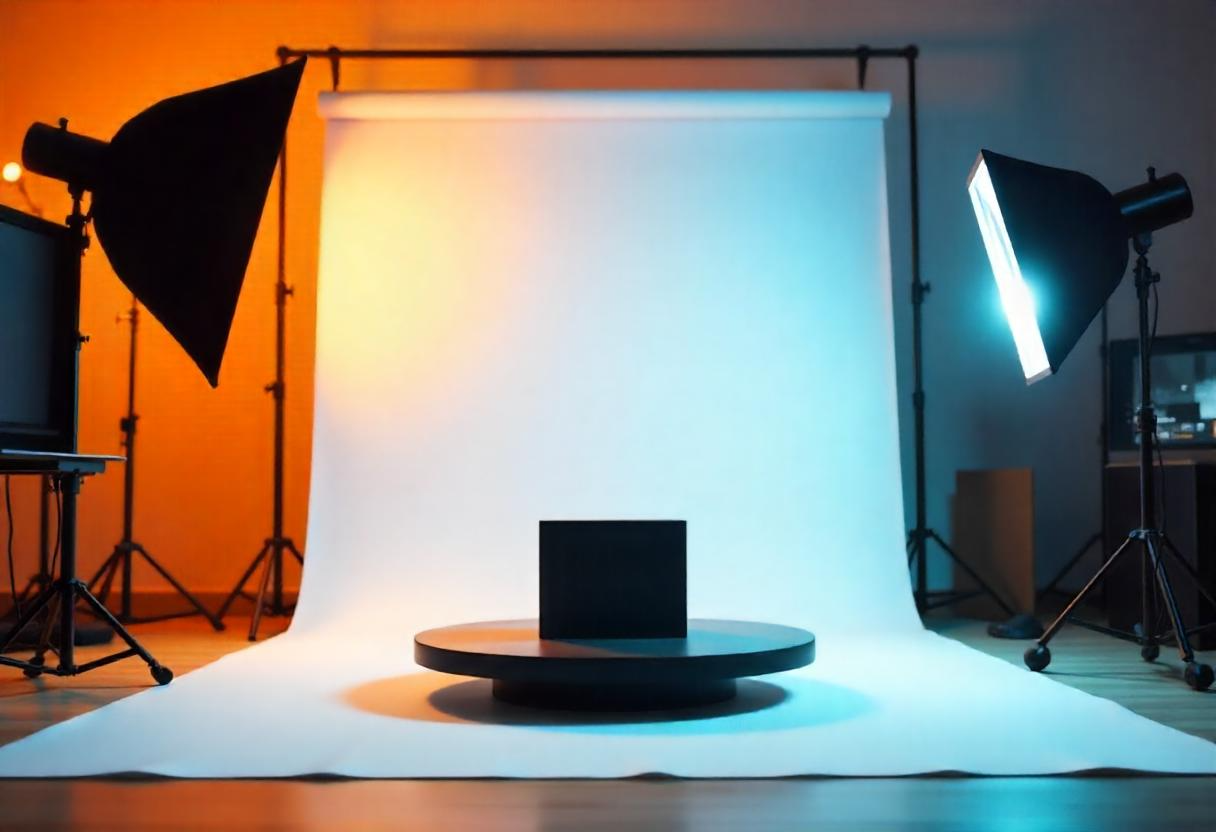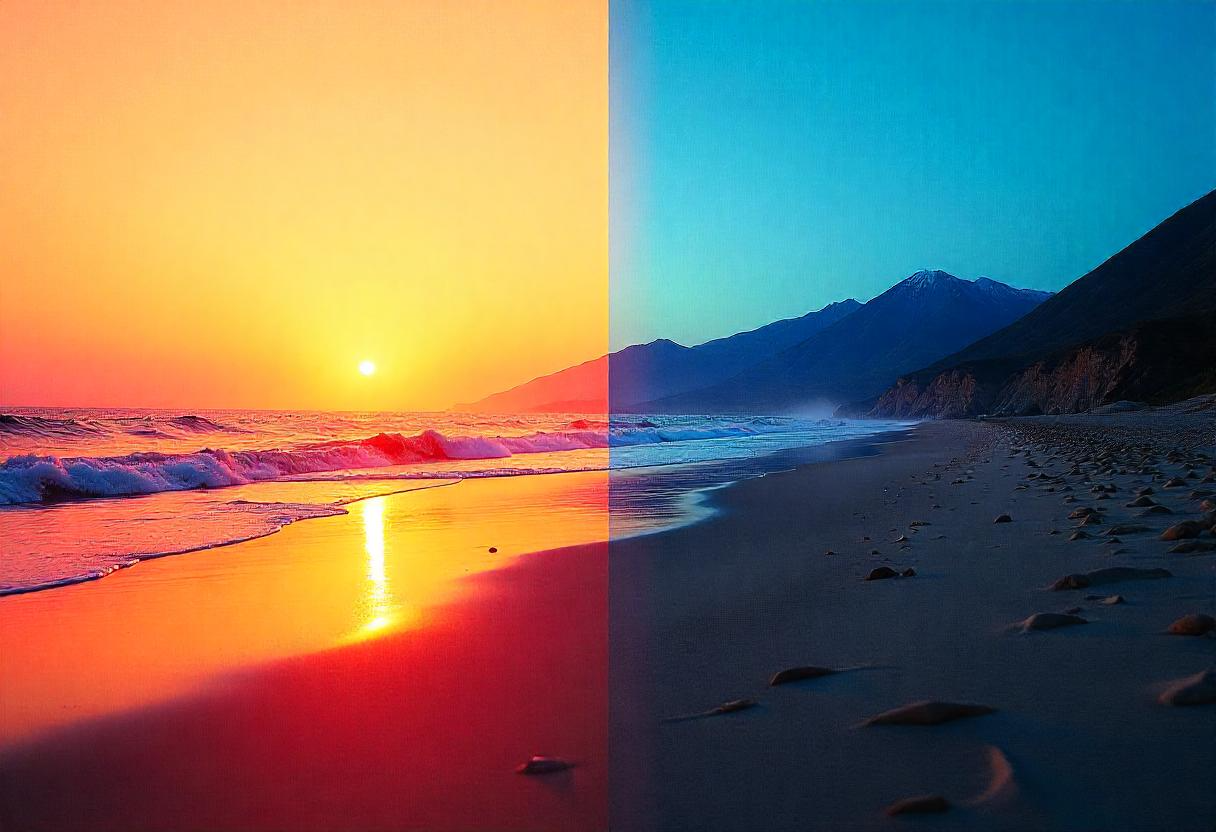The Importance of Lighting in Photography: How to Capture Stunning Photos
We all have endless ‘golden hour’ snaps that somehow always become our most prized memories on our camera roll, right?!
For this generation, where every trip, café corner, or spontaneous walk is a potential post, capturing the right light is not just a skill; it is more of an instinct.
However, just having a good camera will not be your gateway to perfect photos, as even the best cameras can not compensate for poor lighting. Whether it is recreating your favorite film scene vibe or chasing that ‘Pinterest aesthetic,’ understanding lighting is what separates a basic click from a photo that feels like a moment.
Why Do Photos Often Fall Flat?
We have all been on occasions when the vibe feels perfect; however, the photo disappoints and does not do full justice. Somehow, what you saw and what you captured feel like two different stories. Most importantly, why does this happen?
- Poor Lighting Direction and Quality
Do you want free career counseling?
Ignite Your Ambitions- Seize the Opportunity for a Free Career Counseling Session.
- 30+ Years in Education
- 250+ Faculties
- 30K+ Alumni Network
- 10th in World Ranking
- 1000+ Celebrity
- 120+ Countries Students Enrolled
When the light source is too harsh (like direct noon sunlight) or from the wrong direction (like from below or directly overhead), it creates unflattering shadows and kills the depth in your image.
- Lack of Contrast or Mood
Without good lighting, your photo can lack contrast, thus making it look flat, grey, or lifeless.
- Wrong White Balance or Colour Tone
There are days when a photo completely misaligns with reality, take, for example, that your white t-shirt looks yellow, this is exactly what white balance is about! In mixed lighting (like tube lights + window light), cameras often struggle to read the colour temperature, which leads to unnatural tones.
Book Now →
- Over-reliance on Gear, Not Understanding Light
Many beginners think better gear means better photos. But the truth is, without knowing how to read the light, even the most expensive camera can give you flat results. Light is the foundation; the gear just records it.
The Role of Light in Photography
While walking home sometimes the sky suddenly looks cinematic, and you just have to click a picture. This is exactly the role light plays in photographs. A good lighting enhances and amplifies the quality of the picture.
For photographers, light is not just for the purpose of adding brightness, but also for adding drama, shape, and emotion. A good light can help you focus on what you want to get noticed in the frame, and what you want to leave out in the background.
Do you want free career counseling?
Ignite Your Ambitions- Seize the Opportunity for a Free Career Counseling Session.Once you understand light, your photos stop being just pictures. They start telling stories, the kind that feels real, warm, and full of mood.
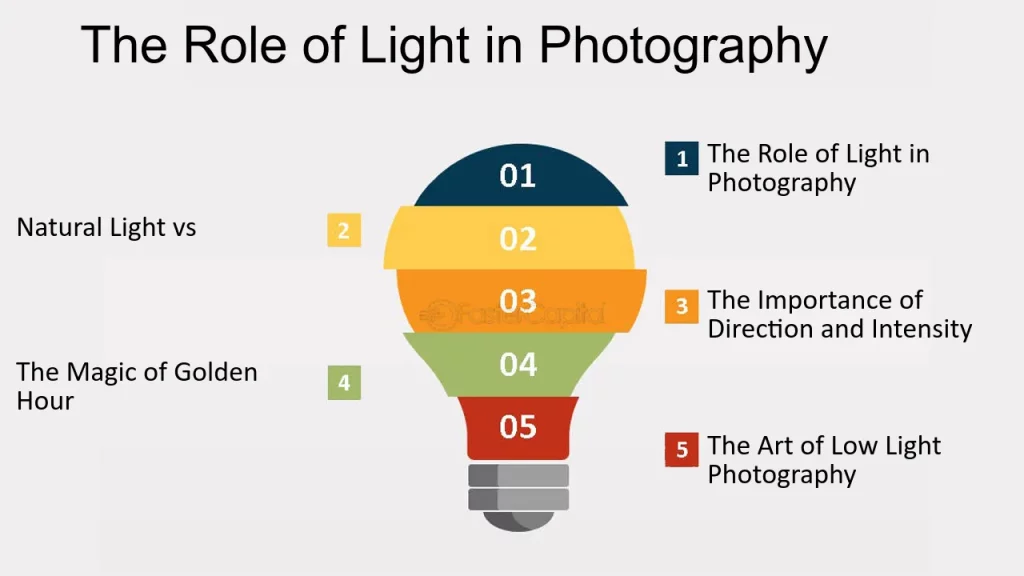
Types of Lighting and Their Impact
Every kind of light brings a different mood to your photo, so knowing the basic types of lighting helps you decide what story your photo tells.
- Natural Light
Natural light is real, raw, and always changing. It depends on the time of day, weather, and even where you are.
- Artificial Light
Artificial lighting, as the name suggests is often used indoors or in low light, where you can control and decide the mood.
- Golden Hour
Called the magic hour, and rightfully so, golden hour refers to the sunlight which beams right after sunrise or just before sunset.
Lighting Techniques to Elevate Your Photography
Once you understand what kind of light you are dealing with, the next step forward would be to learn how to use it effectively.
● Front Lighting
This is when the light hits your subject straight from the front. It is simple and great for clear, well-lit portraits because it removes most shadows.
● Side Lighting
Side lighting adds more character to your photo. It lights up one side and leaves gentle shadows on the other, showing off texture and depth, often perfect for portraits, still-life shots, or even dramatic food photos.
● Backlighting
When the light source is behind the subject, you get either glowing edges or bold silhouettes, depending on your settings.
● Rembrandt Lighting
This one’s a little more artistic, often used in portrait photography and cinematography. The light is placed in such a way that it forms a small triangle of light under one eye, adding depth and drama.
● Butterfly Lighting
This technique places the light just above and in front of the subject, creating a soft shadow right under the nose, kind of like a butterfly shape. It’s a classic setup for beauty and fashion photography because it flatters the face and gives it a clean, glowing look.
Practical Tips for Mastering Lighting
Sometimes, even the small adjustments can make the biggest difference, here are a few easy hacks to level up your photographs:
1. Use Reflectors
A reflector helps bounce light back onto your subject, filling in dark shadows and evening out the brightness. In case if you don’t possess a reflector, even a plain white chart paper or aluminium foil can do the job, and will be super handy if you are shooting outdoors under strong sun.
2. Employ Diffusers
Sometimes light can be too harsh, like midday sun or a strong bulb. Using a diffuser (or even a thin white cloth or tracing paper) can help soften the light and avoid sharp shadows on the face.
3. Understand White Balance
Learning how to adjust white balance can do wonders for you even if you are using phone cameras. For example, tube lights at home can make skin tones look off unless you tweak the setting a little.
4. Experiment with Angles
The direction of your light changes everything, so try moving around your subject or shifting your light source, even a small change can completely transform your frame.
Lighting in Various Photography Genres
Different types of photography need different kinds of light. What works for a portrait might not work for a mountain view. But once you get a hang of how light behaves in each style, you will start seeing your photos improve without even adding filters. Here is how lighting plays a role in some popular genres –
● Portrait Photography
In portraits, lighting can make or break the shot. Soft, diffused light, like the kind you get near a window with a sheer curtain that makes faces look smooth and natural. It reduces harsh shadows and brings out expressions better.
● Product Photography
Here, the goal is to show every little detail of your product including the textures, colors, and shape. So, controlled lighting would be the key here.Most importantly, in this genre, you will need to avoid unnecessary shadows and reflections.
● Landscape Photography
Landscape shots are all about chasing light. Sunrise, sunset, misty mornings amidst huge mountains, all these are clicked through natural light.
Conclusion
Lighting in photography is not just a technical step, it is an art in itself and plays a huge role in how your story is told through the lens. The difference between a photo that feels flat and one that feels alive often comes down to understanding how to see and shape light.
And in today’s content-driven world, where visual storytelling rules everything from Instagram reels to global ad campaigns, knowing how to master lighting is a skillset that will set you apart.
So, if you find yourself looking at shadows, golden hours, and reflections with curiosity and an intent to click the ‘perfect’ photographs, maybe it is time to explore that passion professionally.
Regardless of whether you are into fashion, wildlife, product, or portrait photography, AAFT gives you the tools, mentorship, and industry access to grow out of your cocoon, as you become a part of one of India’s most respected creative institutions.
Explore AAFT’s School of photography to get into the art of telling stories through photography!

AAFT has been providing the world with limitless creativity and expression since 1993! Through a dynamic and industry-driven curriculum, AAFT provides engaging and captivating articles to persuasive blogs and empowers its readers to explore diverse avenues of creative media education-related content.


